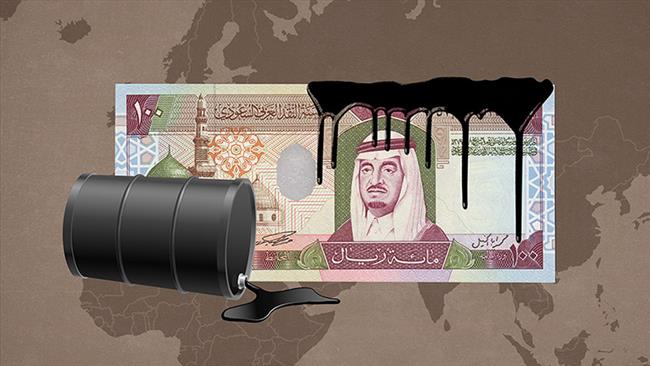-
Tips for becoming a good boxer - November 6, 2020
-
7 expert tips for making your hens night a memorable one - November 6, 2020
-
5 reasons to host your Christmas party on a cruise boat - November 6, 2020
-
What to do when you’re charged with a crime - November 6, 2020
-
Should you get one or multiple dogs? Here’s all you need to know - November 3, 2020
-
A Guide: How to Build Your Very Own Magic Mirror - February 14, 2019
-
Our Top Inspirational Baseball Stars - November 24, 2018
-
Five Tech Tools That Will Help You Turn Your Blog into a Business - November 24, 2018
-
How to Indulge on Vacation without Expanding Your Waist - November 9, 2018
-
5 Strategies for Businesses to Appeal to Today’s Increasingly Mobile-Crazed Customers - November 9, 2018
Saudi 2016 growth to dive as debt rises, reserves drop
A year ago, Saudi Prince Alwaleed Bin Talal Al Saud said: “If we reduce our production some other countries will fill that gap”.
Advertisement
The US Energy Information Administration has said that US crude oil production will decrease by half a million barrels a day in 2016 as companies cut production or go bankrupt.
The impact of low oil prices on Saudi Arabia’s 2016 plans were made clear through several strategies the ministry outlined in its 2016 guidance.
Domestic fuels have been heavily subsidized, but Riyadh has been under pressure to bring its spending under control as its budget deficit in 2015 ballooned to Riyal 367 billion due to lower revenue from crude exports. Revenue from oil sales in 2015 will drop 23 percent to 444.5 billion riyals, according to the finance ministry statement. Some OPEC members such as Venezuela have called for drastic action that includes a 5% OPEC production cut to calm the market. After the announcement of increase in fuel prices in Saudi Arabia by more that 50 per cent yesterday, petrol stations in the kingdom witnessed huge traffic and crowds.
Saudi Arabia, the leading country in the cartel, is regarded by many as the main plotter of the crude price collapse.
The 2015 deficit is the highest in the history of Saudi Arabia, which relies on oil for 90 percent of public revenues, but was not as big as some expected. This year’s original budget plan projected revenues of nearly $191 billion. Oil revenues make up three-quarters of the government’s revenues.
Saudi Arabia intends to cut spending in 2016 to 840 billion riyals ($224 billion) from 975 billion riyals this year.
This is the first budget under King Salman, who ascended to the throne in January, and for an economic council dominated by his increasingly powerful son, Deputy Crown Prince Mohammed Salman.
“Saudi petchem producers have lost the cost advantage, and they can not pass on this cost in their prices to end-users because that is determined by market forces of demand and supply”, said Iyad Ghulam, analyst at NCB Capital.
Advertisement
That’s forced Saudi Arabia to tap its foreign reserves, which dropped for a 10th straight month in November to a three-year low, and to sell bonds for the first time since 2007 in to help plug a budget gap.





























